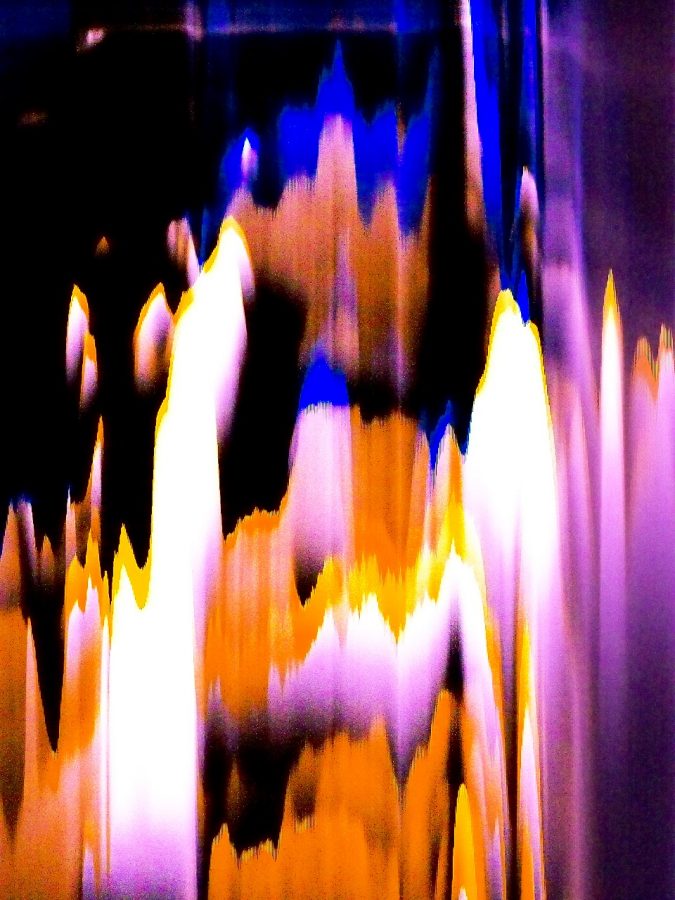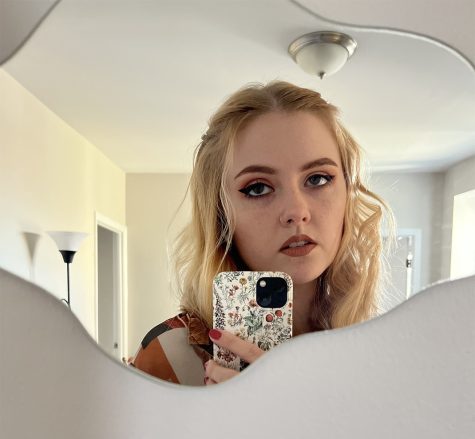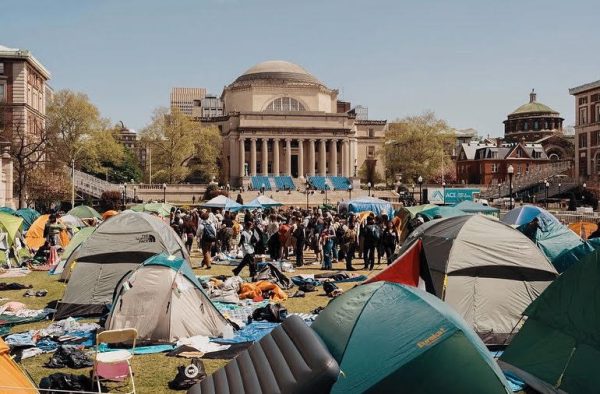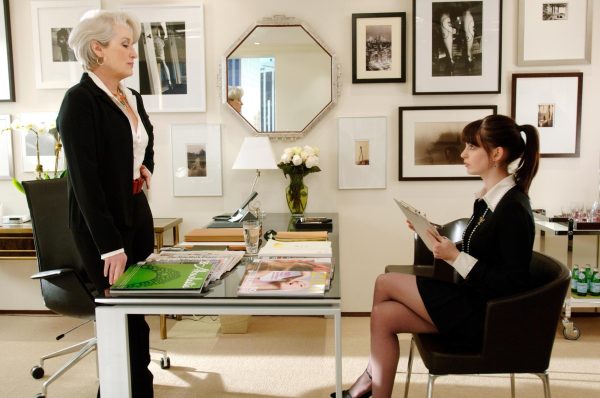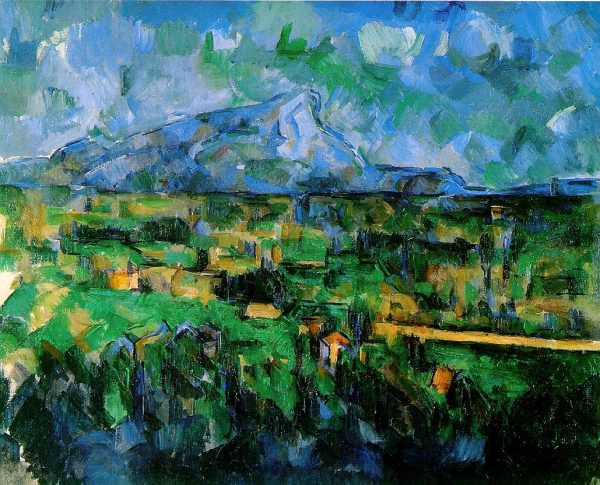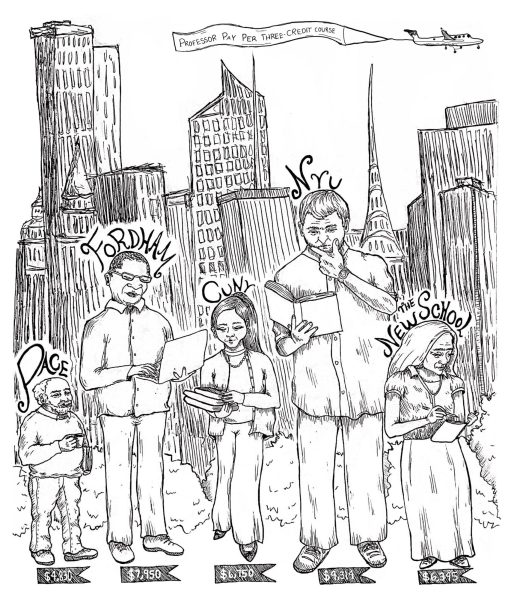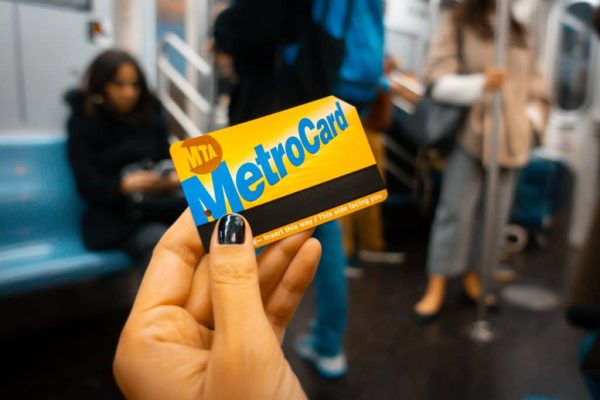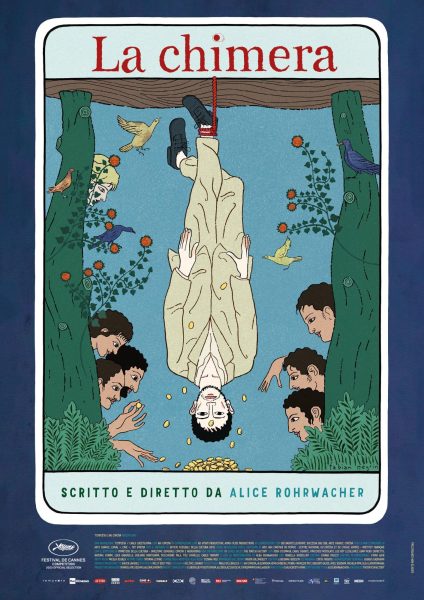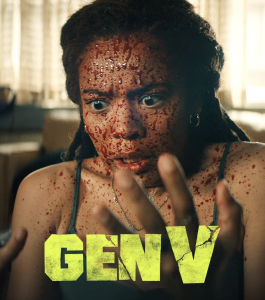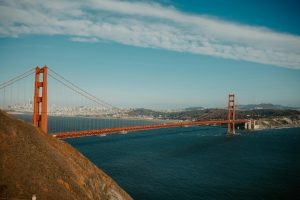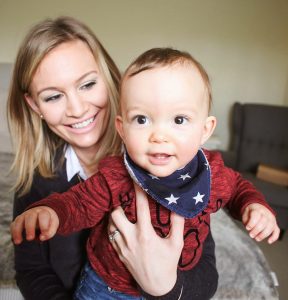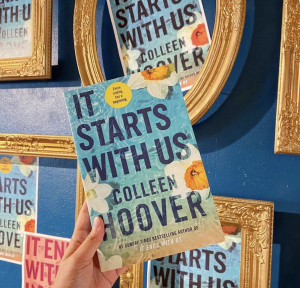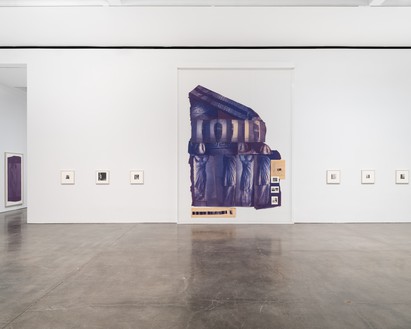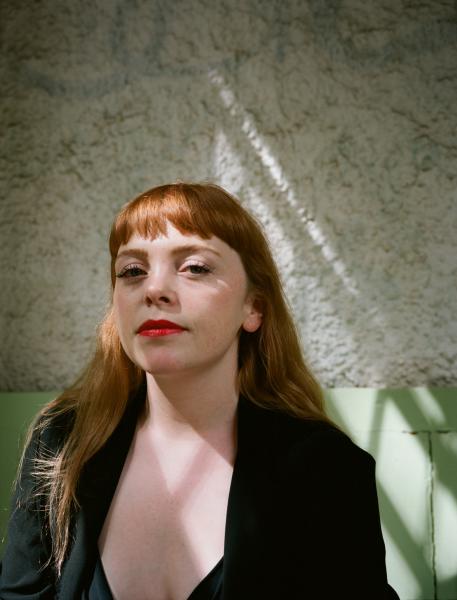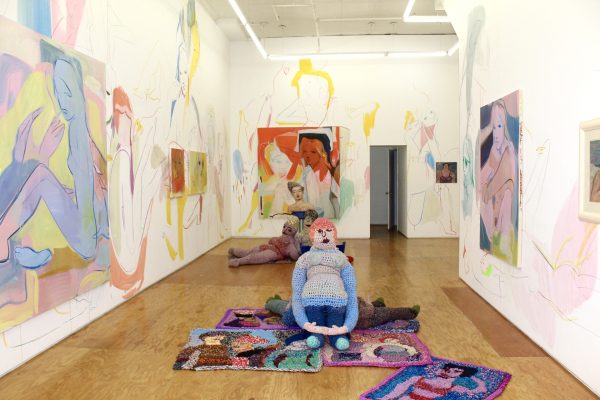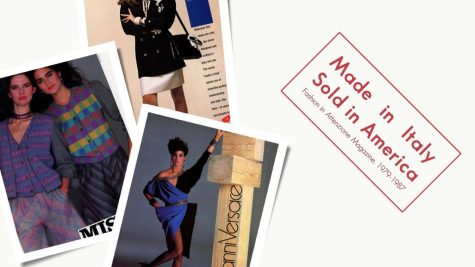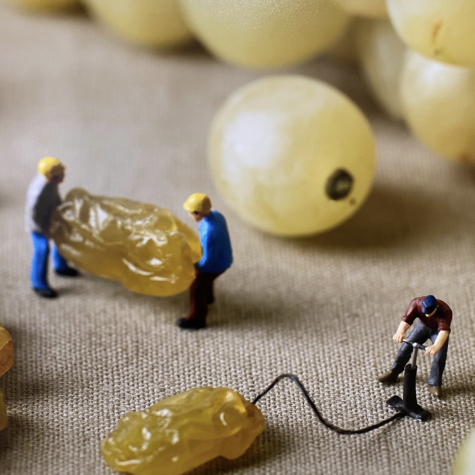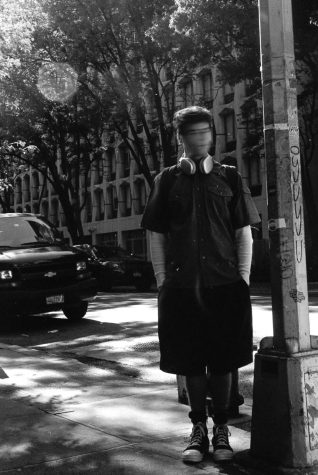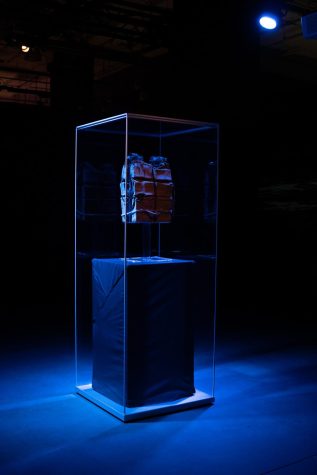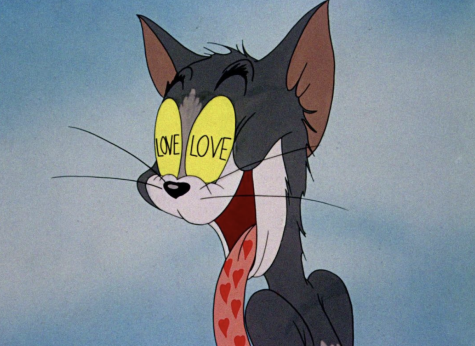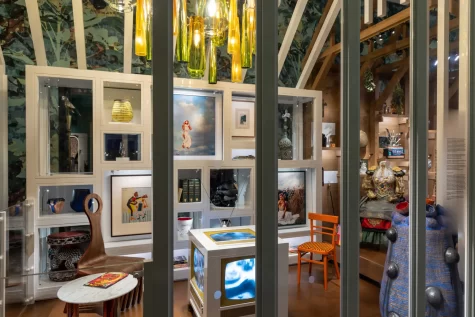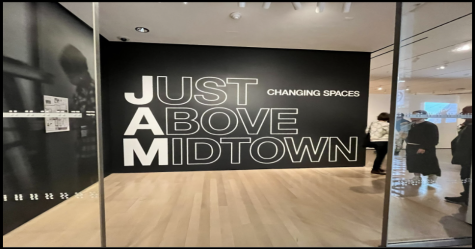University art gallery opens student exhibition “Digital Distorted”
October 21, 2021
On Sept. 27, University junior Christian Solar’s exhibition entitled “Digital Distorted” was put on display in the University art gallery. Using an old Kodak EasyShare camera to create distorted, glitchy photos, Solar writes in his artist statement that he wanted to “highlight the breakdown and decay of technology in a pseudo-organic way.” The Pace Press had the opportunity to interview Solar and find out more about this fascinating project and his art career at the University.
Q: Tell me a little about this project, what inspired it?
A: It all started with my mom’s 13-year-old camera. When it turns on, for some reason, it usually distorts the image, and gives it a weird glitchy quality. The glitches tend to be shades of pink and purple. I think it might have something to do with the raw data, I think it’s called data-bending. I was trying to look into this, but I honestly have no clue why the camera does that. Basically, I started playing around with the settings and taking pictures of different things and seeing how the camera reacted. I ended up sending them to Sarah Cunningham, the director of Pace’s art gallery. She thought they were really cool and asked if I wanted to do an exhibit, and of course I said yes! She had me keep exploring this same concept, and I ended up taking a lot more pictures and playing around with the glitching. It’s interesting, I never considered myself much of a photography person until I took a photo class at Pace last year, and then I started doing this and Sarah was really supportive of it. She thought it would be great for me to make something out of this.
Q: Did you do any editing of the photos you took, or any enhancing of the glitchy quality?
A: I didn’t edit the photos at all. That’s not to say that they weren’t planned out, because they were in a way. With the camera, I would still try to frame it using basic camera logic. Over time, I realized that I could still make a photo look a certain way, for example if I were to blast the ISO really high. I would shine lights at it or into it and see how it would look. I tried to find certain patterns with what would happen. I was really just trying to understand why the camera was doing what it was doing, and then used that knowledge to make images. A lot of the process was me playing around and seeing how they would look, because I didn’t want to touch up the photos afterwards.
Q: How many of your photos were included in the exhibition?
A: It was 10 in total, but I ended up taking a lot. I took them mostly over the course of the summer. There is also a video component, which I used the same camera to create, as well as a different point-and-shoot and a DSLR. The video component of the exhibition is very edited, but visually I feel like it’s cohesive with the photos.
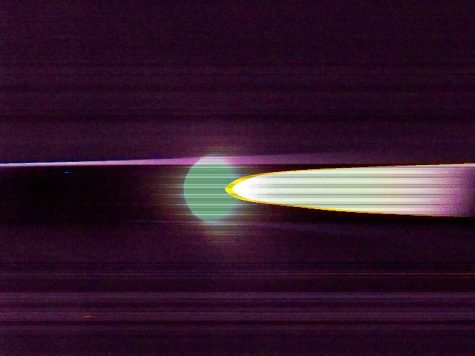
Q: Have you done any similar projects in the past, such as ones that also had a theme?
A: I have done a lot of abstract photography before. For my film class final, I did a series of about six photos in total. I went to City Hall Park and focused the lens on the buildings and their geometric, rigid quality, and contrasted that foreground with the branches of the trees. It made everything look very flat and outlined. That was my introduction into abstract photography, and then I started this project, which was very inspired by the artist Eileen Quinlan. She does a lot of playing with technology and scanners, and manipulating photography in very interesting ways.
Q: Do you have a specific focus on a certain form of art within your Fine Arts major?
A: Not really, but when I look at photography, it’s so relevant to how everything is nowadays. If you gain just a little bit of video and camera experience, it can bring you really far. I’m trying to market my art as much as I can, and trying to have well-shot and well-edited work. I’ve always thought of myself as more of a painter, but I’m trying to expand my toolkit as much as I can. My friend, who is a musician, can essentially play any genre you ask him to, and I want to do that with art. I definitely see myself as a painter first, but I would hate to be known for just one thing.
Q: How has Pace’s Art department and the classes you’ve taken helped further your artistic skills and career?
A: I know a lot of people think art school is overrated. A lot of people want to experiment with creativity in art school, and there are definitely opportunities for it. How I look at it, and I’m using an anime metaphor here, is that art school is your “training arc.” The characters train, and there’s a montage of them getting stronger. For me, art school is about honing my skills, and I get a lot of technical value out of all of the practice-based studio classes at Pace. Sometimes, professors have a lot of good things to say about your creativity and your artistic vision, but there are obviously plenty of differing opinions and constructive criticism, with both your professors and the people in your class. I actually really love critique, and I see it as the best way to truly improve your work, even if it means getting torn down sometimes. Being in an art school environment at Pace, you really have to commit yourself to that mindset. Obviously, sometimes you’re going to have professors you don’t like, but some of the ones I haven’t liked have been the most informative ones. You have to remember that, to an extent, your professors know more than you. So my advice is, take everything with a grain of salt and beat your training arc!
Q: Finally, how would you say you feel about the final result of your project?
A: I think parts of the video could be more concise. It has some filler I probably could’ve cut. It would make the video shorter, but it would definitely improve it. I like most of the photos a lot, and I’m okay with them not being perfect. The process wasn’t perfect, and it was more of this playful discovery, which contributed a lot to the project as a whole.
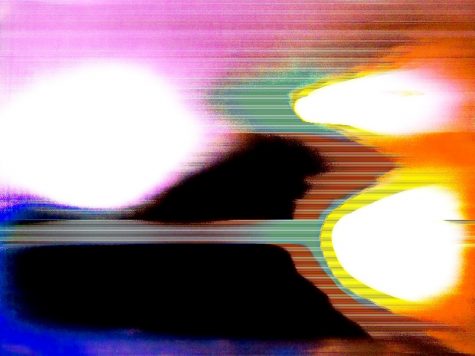
Make sure to check out “Digital Distorted” in the student exhibition lab in 41 Park Row’s art gallery! Gallery hours are Tuesday-Saturday, 12 p.m.-4 p.m. as well as by appointment. A reception will be held on Oct. 22 from 5 p.m.-7 p.m., and the exhibition closes on Oct. 30.
